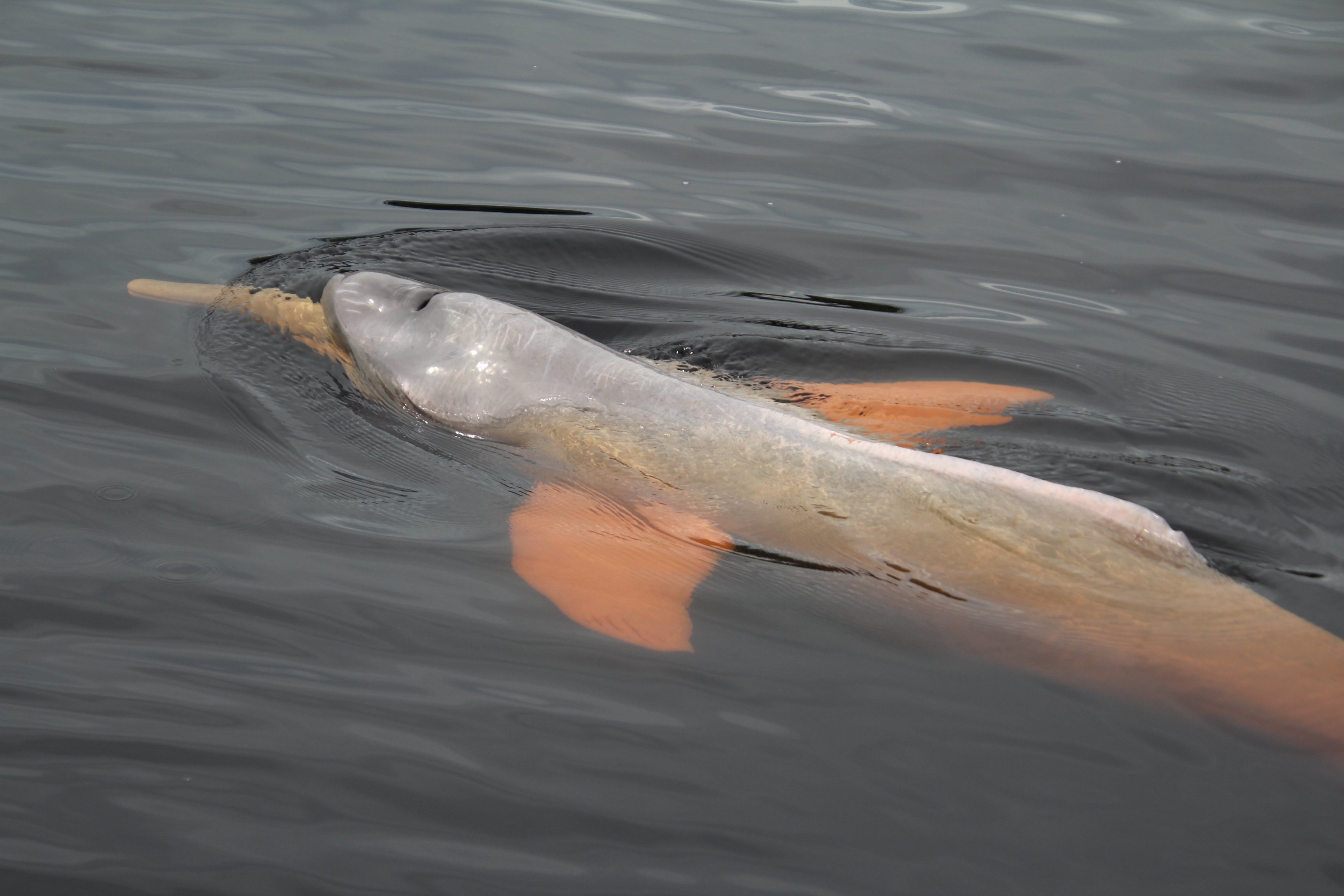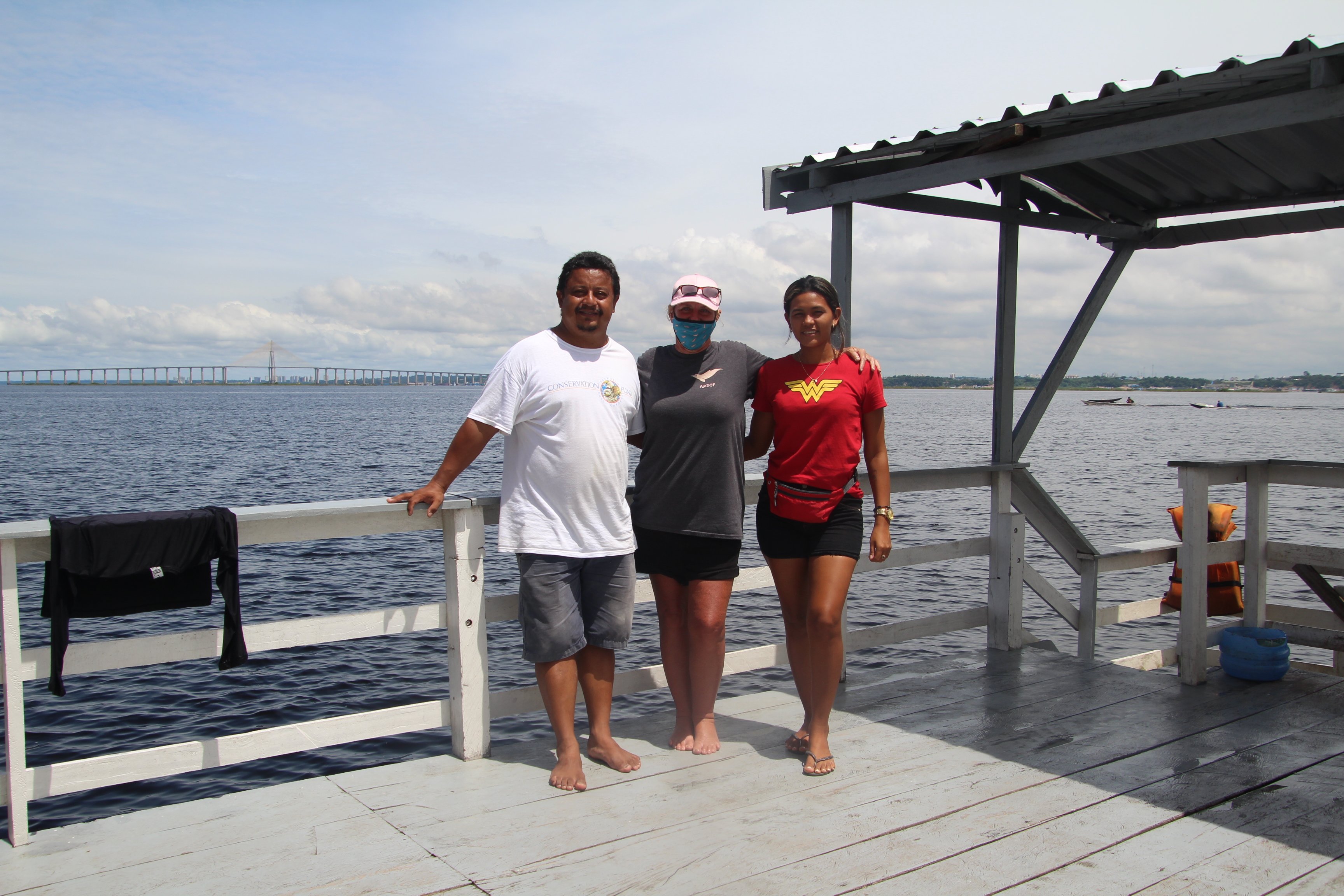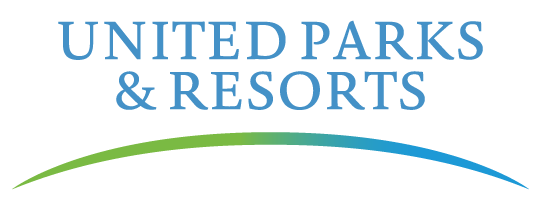Amazon River Dolphin Conservation Foundation
The Amazon river dolphin, sometimes known as the pink river dolphin or “boto” in Portuguese, is an endangered species of river dolphin found throughout the Amazon basin in Brazil. These dolphins face many challenges — not only are they threated by typical issues such as pollution and habitat degradation, but they are also frequently hunted and used as fishing bait. Luckily, a SeaWorld Conservation Fund recipient is working to study and protect Amazon river dolphins through research, education, and collaboration with local indigenous communities.

The Amazon River Dolphin Conservation Foundation (ARDCF) was founded in 2014 by Suzanne Smith, who first encountered the species on a conservation trip to Brazil.
“Back in 2013, I travelled to Brazil as a part of another conservation group focusing on fish. My background is with marine mammals, and I heard about these amazing pink river dolphins from locals,” said Suzanne. “After work I would go out to check out these dolphins, and I fell in love.”
Suzanne and her team at ARDCF work very closely with riverside indigenous communities in their efforts to research and protect Amazon river dolphins. Without their buy-in , it would be a major challenge to navigate the rivers and tributaries to be able to study the dolphins.
“We’ve created relationships with these indigenous communities because we want them involved,” said Suzanne. “If they don’t believe in this project, then it will be very difficult to accomplish our goals, so bringing them onboard is vital.”
About five years ago, SeaWorld and ARDCF first began working together through the SeaWorld Conservation Fund. And as recently as 2021, ARDCF received funds through the Fund to assist their work in surveying and identifying Amazon river dolphins.
“The money provided by SeaWorld Conservation Fund has been immeasurable,” said Suzanne. “Through it, we’ve been able to purchase equipment like field cameras, hydrophones, transportation such as canoes or boats, and pay field assistants who help us get in and out of back waterways of the Amazon rainforest. We couldn’t do any of this without the funding we receive from the Fund.”
Suzanne and her team collaborate with SeaWorld on how best to maximize the potential of the fund and equipment. Recently, a SeaWorld representative accompanied Suzanne on a trip to Brazil to study the dolphins and observe how ARDCF operates.

“Some SeaWorld team members joined us recently on a conservation trip to Brazil, and he was able to take a direct look at the work we are doing to protect Amazon river dolphins,” said Suzanne. “It was a wonderful opportunity to grow our relationship with SeaWorld and show them exactly what we are doing to advance conservation with their help.”
ARDCF has had major successes in recent years mapping Amazon river dolphin populations and identifying their travel patterns, as well as building those crucial relationships with the locals.
“We are also working with local fisheries, fishing communities and stakeholders to cut down on using Amazon river dolphins as bait for catfish,” explained Suzanne. “Partnering with these groups is very important, so that the fishers’ livelihoods are not disrupted, and the Amazon river dolphin populations are not depleted.”
In addition to partnering with SeaWorld, ARDCF also collaborates closely with the Brazilian government, local researchers, and PhD candidates.
“It’s surprising how little is known of the plight of Amazon river dolphins — even inside of Brazil,” said Suzanne. “It makes me wonder how many other species are out there that we don’t know about, right in our back yard. That’s why conservation education is so important to us.”
To learn more about Amazon river dolphins and the work being done to conserve their populations and habitats, check out the Amazon River Dolphin Conservation Foundation’s website here.
